Beauty standards are not an invention of the modern world. Even many centuries ago, there were criteria by which the attractiveness of women was assessed. However, some beauty standards of the past may now seem rather weird. I decided to process my photo with Photoshop and see how I would have looked like as a beauty of the past centuries. I have to admit, some of the looks are quite astonishing
Ancient Greece and Rome
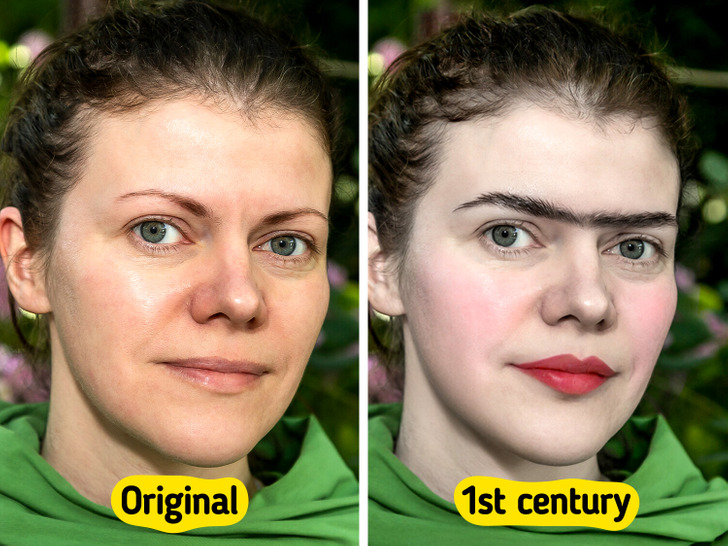
![]()
Both ancient Greeks and Romans considered a thick unibrow to be one of the main features of female beauty. If a young lady didn’t have this feature from birth, her eyebrows were connected with kajal (a cosmetic product based on soot or crushed minerals). Some even glued special goat hair overlays to the face. An example of this trend can be seen on a fresco from Pompeii dating back to the first century
Another sign of beauty was a pale complexion. The whiteness of the face showed that a woman was noble and wealthy enough not to work outdoors. To hide the tan, women painted their faces with chalk. They also applied antimony to their eyelashes and red clay to their lips and cheeks. The ladies got rid of freckles, which were considered unfashionable, using a remedy made from snails.
14th century
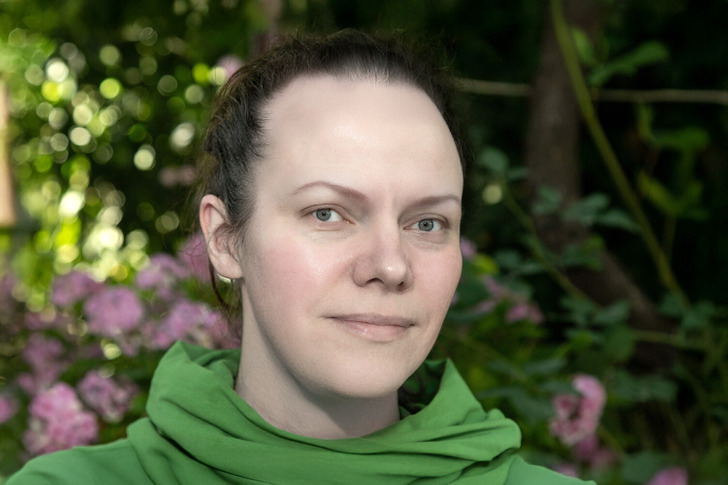
![]()
In the late Middle Ages, in the 14th-15th centuries, the true beauties were pale young ladies with a high forehead. Facial hair seemed something vulgar, so ladies, despite the disapproval of some people, shaved the forehead and plucked eyebrows.
To make the skin appear whiter, it was covered with flour or cosmetics containing lead (the latter could be harmful to health). Although eyeliner and eye shadow were also available, some fashionistas probably preferred not to use these cosmetic products. In portraits, you can see that the lips and cheeks of beautiful ladies are almost the same color as the rest of the face, and the eyes do not stand out.
Renaissance Italy
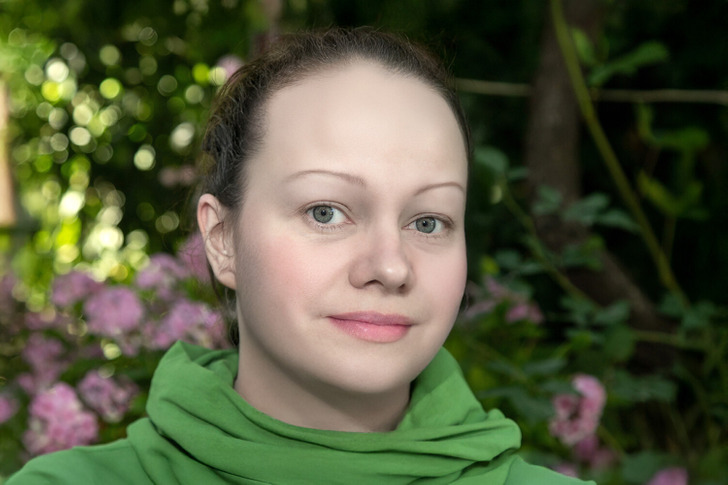
![]()
White skin, high foreheads and thin eyebrows didn’t disappear in Renaissance Italy. An open forehead with a high hairline was supposed to demonstrate not only a young lady’s high status, but also her enviable intelligence.
At the same time, women began to use a little more cosmetics, tinting their cheeks and lips pink. A truly attractive lady had to glow with youth and health and not look haggard. Rounded figures were in vogue, with full arms and legs, wide hips, a prominent tummy and an oval face.
16th century
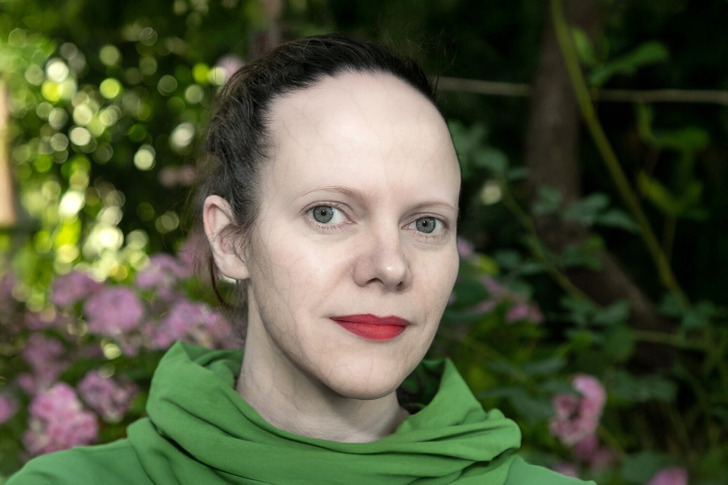
![]()
In the 16th century, Elizabeth I was considered a real trendsetter and beauty icon. Many noblewomen dreamed of looking like her. Since the queen had alabaster skin and bright red lips, women covered their faces with a lead whitewash and vinegar, and tinted their lips with cinnabar.
To get rid of freckles and spots, young ladies applied cosmetics containing sulfur, turpentine and mercury. These substances had a bad effect on the skin: it quickly turned gray and wrinkled. To hide this effect, women smeared their faces with egg white, which made them as smooth and white as marble. To make the skin appear transparent, fake veins were painted on the face, and the eyes were highlighted with kohl (a cosmetic product based on soot, antimony or other ground minerals).
17th century
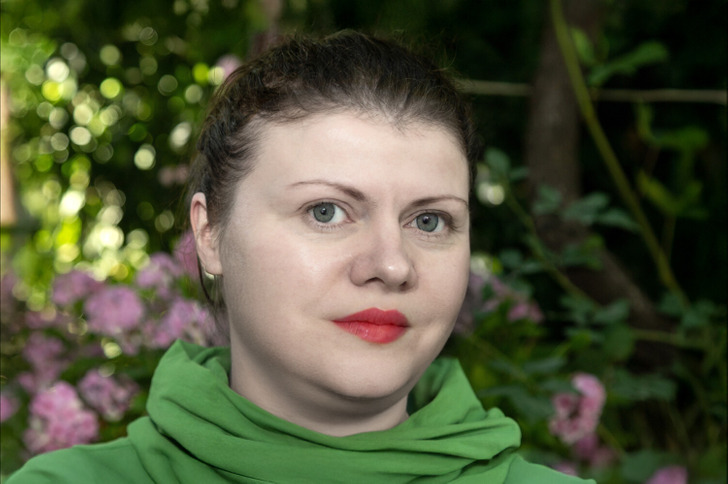
![]()
In the Stuart period (17th and early 18th centuries), a lady with an oval or round face, a double chin and slightly bulging eyes was considered a real beauty. Even if a lady didn’t fully meet these requirements, a court painter could slightly adjust her facial features when painting her portrait.
Women actively used cosmetics, which had a bad effect on the skin, making them look not too fresh after 20 years of age. An attractive lady had to have a small mouth with plump lips and flaunt dimples on her cheeks and chin. To make the skin appear white, a cream of ground chalk, egg white and vinegar was applied. That’s why ladies tried not to laugh, otherwise the face could “crack.” The cheeks were blushed with special paper colored red, and the lips were moistened with fruit juice.
18th century

![]()
A girl with a smooth forehead, a plump, rounded chin, a small nose and pouty coral lips was considered a real beauty in the 18th century. To achieve this ideal, women actively used cosmetics. White complexion was achieved with lead whitewash, and cheeks and lips were tinted with vermilion-based paint.
Noble ladies applied rouge in broad strokes — from the corners of the eyes to the corners of the lips. Eyebrows had to have a crescent shape with pointed tips. Unfortunately, because of lead in whitewash, some young ladies lost their own eyebrows, so they had to wear false ones made of mouse skins. Beauty marks, which appeared in the 17th century, continued to be popular, as they perfectly emphasized the whiteness of the skin.
Regency era
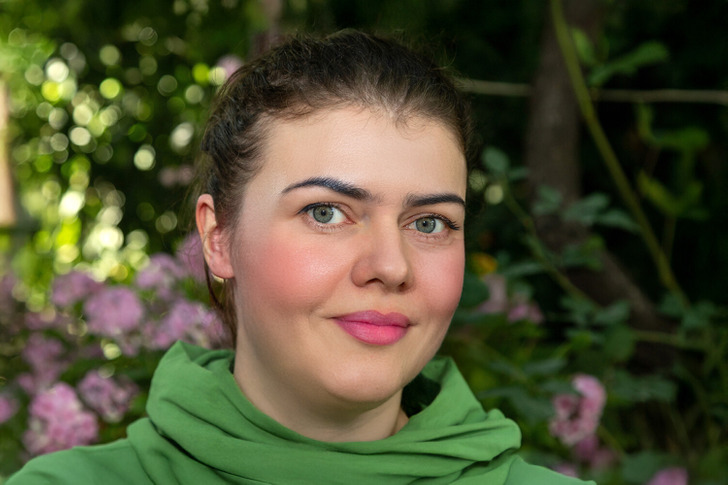
![]()





